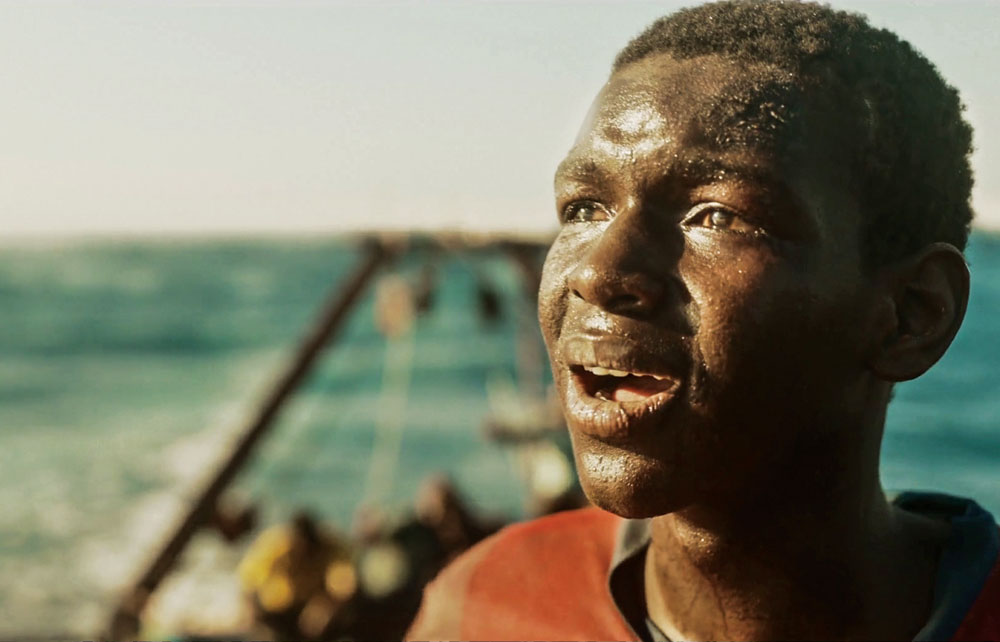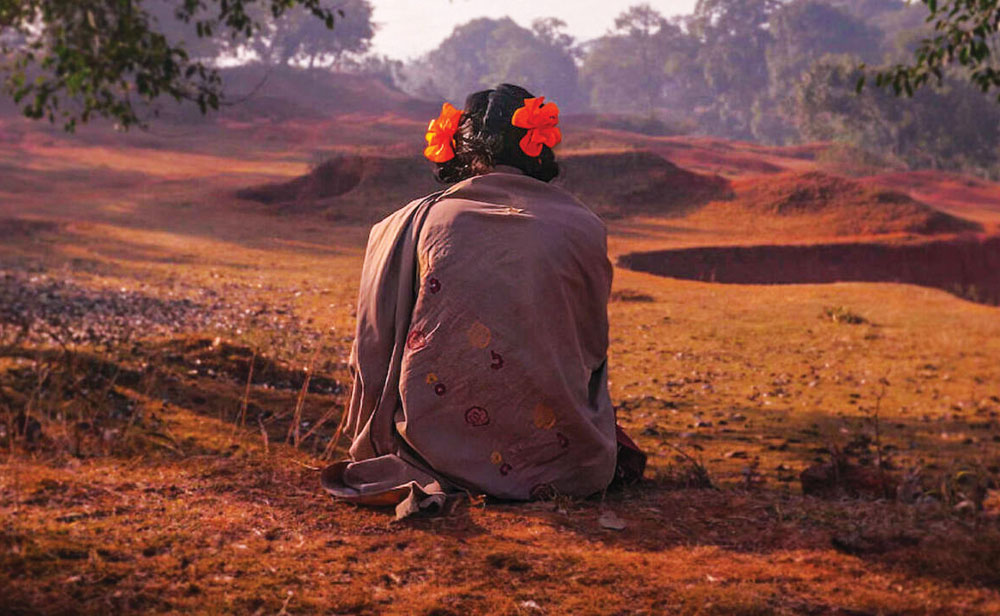
We continue to journey around the world with two more Oscar-nominated films this month: the first was nominated for Best International Feature and the second for Best Documentary Feature. These films, filmmakers, and the players therein may not receive red-carpet treatment, but they are more than worthy. These are remarkable stories, remarkable professionals throughout the casts and crews, and remarkable pieces of art. Please enjoy.
Io Capitano (2023)
Kudos to filmmaker Matteo Garrone for taking a step back and resisting the urge to make a flashy film or a preachy tome or a maudlin tale. The storyline is fairly simple: two Senegalese teen boys, Seydou and Mussa, save money and decide to leave their village for Europe. There, they hope to find fame and/or fortune and send money back to their families. That the boys are naïve, fail to listen to warning after warning, and make terrible decisions along the way may be easy for us to spot (from a comfortable, privileged position), but how the director handles that journey is key to the film. Garrone focuses on the humans, the shared beautiful humanity, and the shared ugly humanity. The vacillation between the latter two enmeshes us in the action as though we are passengers on the desert truck or the boat at sea. Soon, we are not judging from privilege, but rather, we are taking the journey with them. This is a film with great empathy.

Io Capitano
The beautiful but isolated landscapes we see on that journey mirror the human condition: there might be hope and wonder in those landscapes, but one wrong move and everything is lost. The tiny essence of our collective being plays out in long shots of an overpopulated truck bouncing along an endless desert. Or a bustling boat precariously floating on a horizonless sea. Or a gaggle of workers dwarfed by the building on which they work. They might be ants. Their existence hangs on a thread, a thread that can be pulled by so many people in so many different ways at so many different junctures. Magic realism can’t save them, even if it may belie their sadness for a time.
The humanity plays out on the wonderful and expressive faces of standout Seydou Sarr (as Seydou) and Moustapha Fall (as his cousin Mussa) but also through so many of the secondary characters who bring the film to life and make us feel as if we are watching a documentary. The sheer breadth of the film, and its multiple scenes of throngs of people—be it the happy village scenes or the masses of humanity on boats and trucks or the demeaned and tortured men in a Libyan prison—is staggering. Garrone brings it all to life in strikingly realistic fashion.
The film has a light touch at times, but don’t be fooled—this is no Hollywood-spooled, sanitized version of desperation and the immigrant experience. It is real. While the ending may seem happy, it is in many senses, just another beginning. We don’t get a perfect resolution and tidy closure, but we do get a release. Maybe that is the best outcome we can get on this journey.
Available for rent on streaming outlets.
To Kill a Tiger (2022)
This difficult, upsetting, yet ultimately fulfilling documentary gives us some hope that good, decency, and honor still have a chance to win the day in our world. If the cause is just, if the people are strong, and if enough good people help, then change can happen. Or more to the point, people can make change happen. One of those people is Indian farmer Ranjit, who, along with his family, fight an ugly patriarchal system, an insular village, and history itself. The story begins as Ranjit’s 13-year-old daughter Kiran (a pseudonym) is gang raped by a group of young men in the rural Indian village where they live. Ranjit refuses to just “let it go” as most villagers wish, and with his daughter and wife firmly behind him, he chooses to press charges and see it through. It may sound simple to us Americans, but it is way beyond simple in this rural, traditional, and heavily patriarchal society. What ensues is nothing short of remarkable.

To Kill a Tiger
First, we should note—as the film takes pains to tell us—that Kiran was 18 years old when the film was made, and she insisted on being filmed. The filmmakers planned to blur her face throughout, but Kiran wished otherwise. This is but one example of her superhuman strength in the face of the waves of pressure, sexism, and tradition against which she fights. Her father began the fight with Kiran’s blessing, and because she was a young woman (and thus denied any agency in her society), her father fights for her. And what a fight it is.
Ranjit first rebuffs the village elders who urge him to give up the prosecution, and then he rebuffs their offer to marry off Kiran to one of the rapists. He grapples with ostracism, threats of violence, lack of education about the justice system, and even his own doubts about the fight. With the constant urging by his wife and daughter—and the help of Indian women’s rights groups—he continues on.
We sometimes forget that documentaries are still films, however, and they are artistic constructions. Director Nisha Pahuja doesn’t forget this: her camera and compositions are beautiful and expressive, and her editing helps us follow the complex web as it is spun in endless directions. The cross-cutting between the team waiting at the courthouse and the reluctant town manager who is meant to testify is Godfather-esque. The entire package is expertly crafted.
In the end, we understand the “tiger” of the title to be not only the male predators who rape Kiran, but also the patriarchy who protect the (male) cubs. Decency, human rights, and justice may slay those tigers after all.
Available on Netflix.
Vincent Piturro, PhD, is a Professor of Film and Media Studies at MSU Denver. Contact him directly at vpiturro@msudenver.com or follow him on Twitter. For more reviews, search The Indie Prof at FrontPorchNE.com.


0 Comments